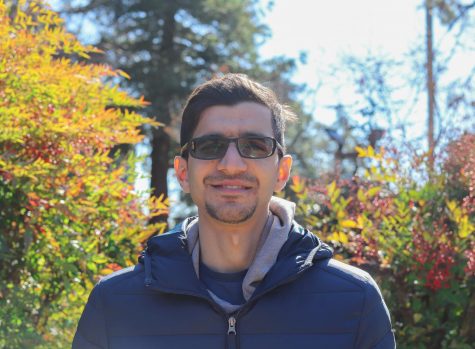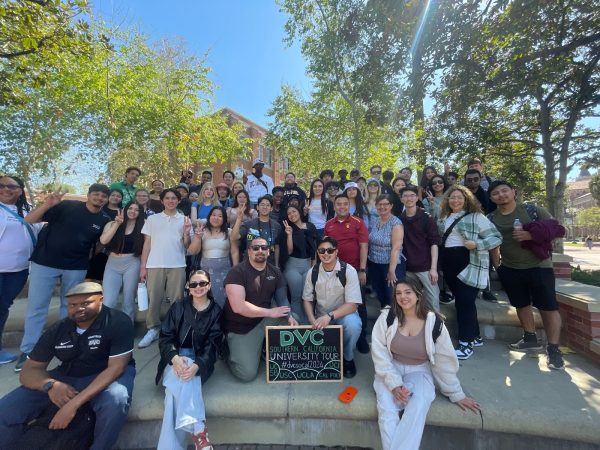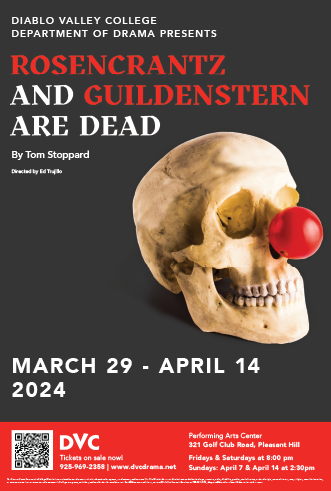The value of social media in an era of social distancing
April 16, 2020
Since the Jan. 20 discovery of the first case of the Coronavirus in the United States, over 670,000 people have tested positive for the disease and more than 34,000 have died. For more than a month now, citizens nationwide have been told to stay home to avoid from further spreading the virus.
In this period of social distancing, social media has perhaps never held so great an appeal. Online sites like Twitter, Instagram, Facebook and YouTube have become an even more vital feature in everyday life as many people turn to those channels to share and receive updates about the virus, connect with family and friends while isolating, and partake in an escape mechanism from the chaos of the present.
In fact, the rising number of users seems to be bearing this out. According to Statista.com, the total number of social media users was around 2.95 billion last year. Since the beginning of 2020, the number have increased to 3.8 billion, a jump of 29 percent.
The web as a whole has also reached a critical new stage of importance, as all information about the virus from its symptoms and preventative measures to the number of confirmed cases, deaths and survivors can be found online at organizations such as the U.S. Centers for Disease Control (CDC) and the World Health Organization (WHO), which continue to post updates to their social media pages. In addition, search engines like Google have created quick links containing recent news about the virus worldwide.
For many people stuck in their homes, social media platforms have become the primary means of connecting with friends and family as well as finding creative ways to keep busy. At the same time, a lot of celebrities and talk show hosts have taken the opportunity to post encouraging videos and pictures to their feeds and spread awareness about the virus to their followers.
For example, Dr. Mehmet Oz, a Cardiothoracic surgeon and professor at Columbia university and host of “The Dr.Oz Show,” regularly updates people on Covid-19 guidelines and helps inform his followers about the virus symptoms.
Like a number of talk show hosts, Jimmy Kimmel, who hosts “Jimmy Kimmel Live” on ABC and the new series “Who Wants To Be A Millionaire?” started streaming his show on his Instagram account to lend people hope and humor during the quarantine.
The Chinese doctor who warned the world
Social media has played an important factor since the beginning of the crisis, when a Chinese doctor, Li Wenliang, used his platform as early as December to let the world know about the upcoming outbreak.
Wenliang, a 34-year-old doctor at the Central Hospital of Wuhan noticed patients suffering the same symptoms as severe acute respiratory syndrome (SARS), but quickly realized it was a new coronavirus disease – what would later be called Covid-19. Dr. Wenliang responded very quickly through social media, warning people to be cautious of the new virus. According to his WeChat messaging group, he warned colleagues to beware of the new disease, which appeared to have come from the local Huanan seafood market. According to Wikipedia, 33 of 585 samples taken from the market indicated evidence of the coronavirus, and the Chinese government closed the market on January 1 for sanitary procedures.
But Wenliang’s actions elicited a harsh response from authorities once the posts went viral. “When I saw them circulating online, I realized that it was out of my control and I would probably be punished,” Wenliang told CNN. Later that day, he and a colleague were arrested by Wuhan police, accused of spreading rumors and disrupting public safety.
“I only wanted to remind my university classmates to be carefull,” Wenliang said. Ten days later, the Chinese government finally announced that the new coronavirus was spreading across China and the world. Dr. Wenliang, who saw and treated many patients, was diagnosed with the virus and died on Feb 7.
Humanity against the virus
After Covid-19 cases hit Italy especially hard beginning in February, social media showed Italians coming together as a community to try to remain calm amid the chaos. In Italy – which now has the world’s second highest number of deaths from the virus, after the U.S. at more than 22,000 – videos shared on social media showed people standing on their balconies and singing together.
The show of solidarity didn’t stop in Italy. In Iran, which suffered the second highest rates of death after China during the first weeks of March, footage appeared on social media of health workers, doctors and nurses dancing and singing to give their patients hope and boost morale. This is all the more significant because in Iran, dancing is considered an indecent behavior and is punishable by Islamic law.
In Spain, police officers drove around the island of Mallorca and played guitar for people, who clapped from their apartments in videos that also appeared on social media. Spain is currently suffering the third most deaths from the virus with more than 19,000.
With all the hard and great work of the health care workers and first responders nationwide, people still need to follow the guidelines in order to avoid spreading the coronavirus.
For more information to how to slow the coronavirus please go to the Coronavirus.gov















































































